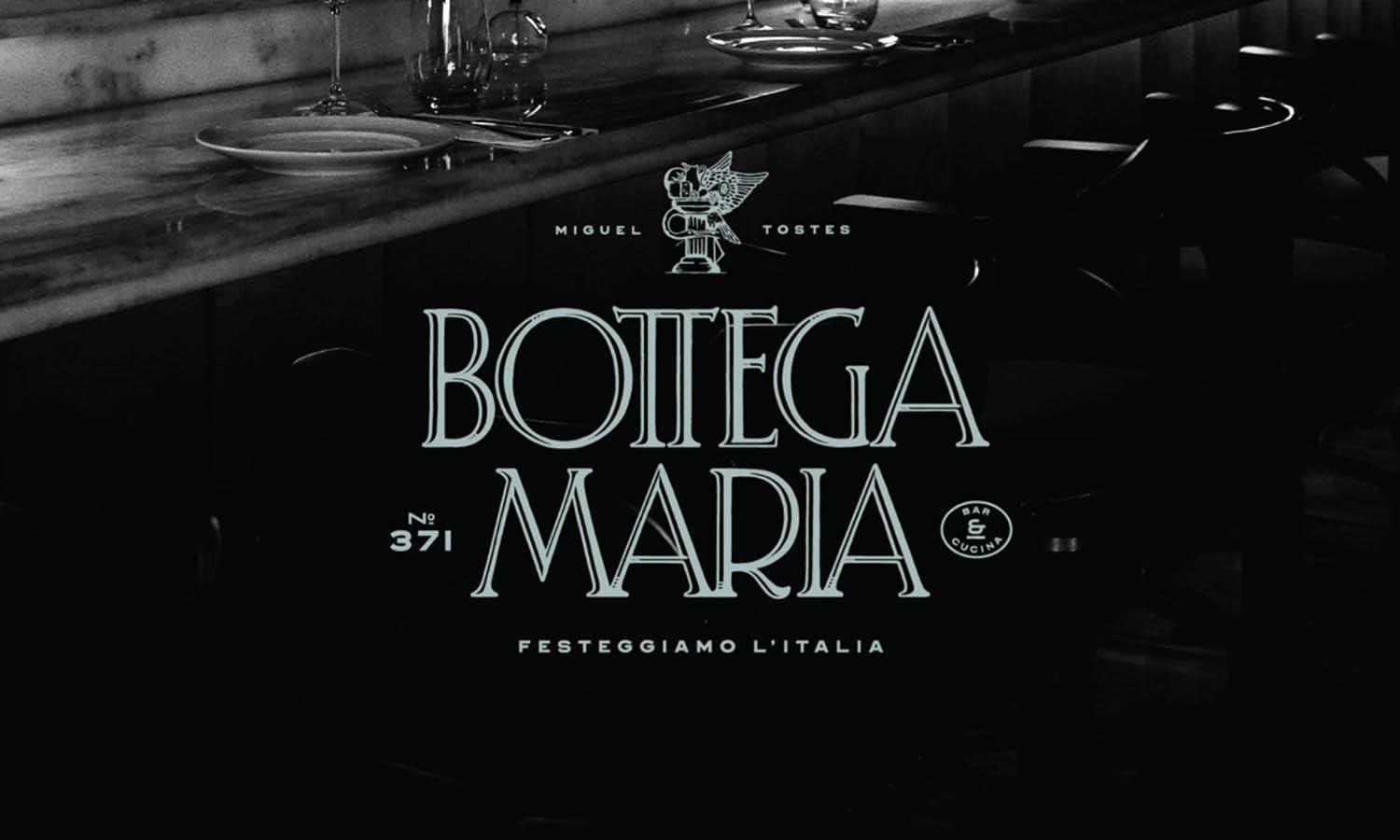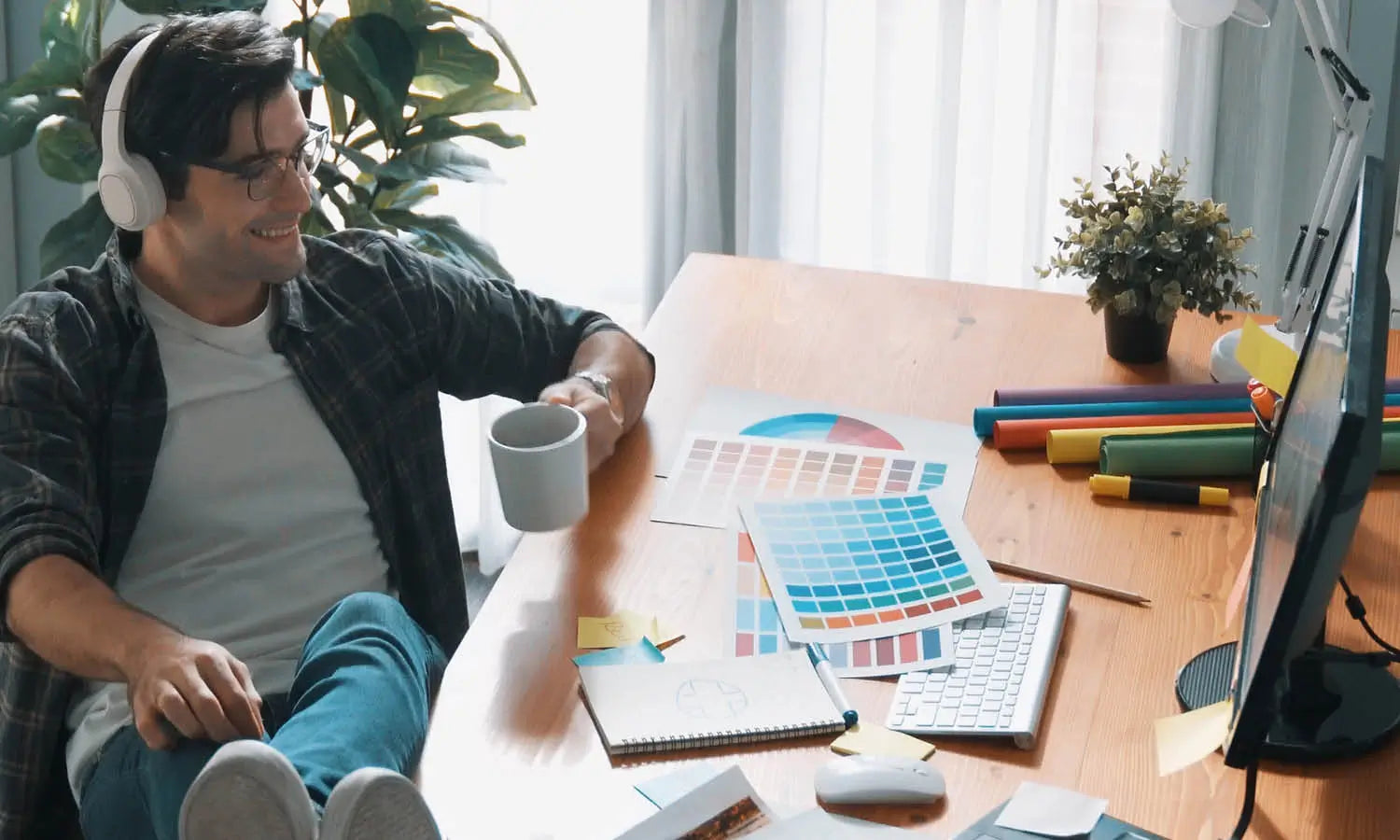How To Create A Logo Design That Tells A Story

Source: Aron Leah, Round Up!, Dribble, https://dribbble.com/shots/17664879-Round-up
In the world of branding, a logo is not just a symbol but a narrative element that encapsulates the essence of a brand. Effective logo designs go beyond aesthetic appeal to tell a compelling story that resonates with the audience. This storytelling approach can transform a simple logo into a powerful brand identity tool. A logo that tells a story does more than represent a company; it communicates the brand’s history, values, and mission at a glance. Creating such a logo requires a deep understanding of the brand’s core essence, a thoughtful selection of visual elements, and a strategic implementation of design principles.
This article aims to guide you through the process of designing a logo that not only looks appealing but also conveys a meaningful story, connecting the brand with its audience in a profound way. By focusing on narrative elements, designers can create logos that are memorable, impactful, and deeply emblematic of the brand they represent.
Understand the Brand's Core Values
Understanding the brand's core values is crucial when designing a logo that aims to tell a story. This first step in the logo design process involves deep diving into what the brand stands for—its mission, vision, and the principles it upholds. Each brand has its unique identity, and a logo should reflect its key values distinctively and authentically. Start by conducting interviews with the brand’s stakeholders to capture their vision and the message they wish to communicate through their logo. Surveys or questionnaires can also gather insights from a broader audience, including customers, which can inform the design process.
Analyze this information to identify the emotional and psychological aspects the brand evokes—these will guide the choice of colors, shapes, and fonts in the logo. For example, a brand that values sustainability might lean towards earth tones and organic shapes, while a technology company might prefer a clean, modern typeface and cool colors. It's important that the logo design not only resonates with the company but also connects on an emotional level with its target audience, thereby embedding the brand’s values into its visual identity. This foundational understanding sets the stage for a logo that truly encapsulates and tells the brand's story.
Engage with the Brand’s History
Engaging with a brand’s history is a vital aspect of creating a logo that tells a story. This process involves exploring the brand's roots and evolution over time, which can provide a wealth of inspiration for the logo design. Historical elements can be subtly integrated into the logo to pay homage to the brand's heritage, lending authenticity and depth to the design.
Start by researching the company's origins, significant milestones, and any pivotal moments that have shaped its journey. This historical narrative can influence the design by incorporating elements that reflect the brand’s legacy—be it through vintage fonts, classic motifs, or a color palette reminiscent of the brand’s early days. For instance, a company that started in the early 20th century might incorporate Art Deco elements into its logo design to reflect its long-standing presence in the industry.
Moreover, understanding the brand’s historical context helps in creating a logo that is not only visually appealing but also rich in meaning. It ensures the logo is not just a modern mark but a reflection of a storied past, connecting new customers with the brand’s enduring legacy. In doing so, the logo becomes a bridge between the past and the present, inviting the audience to be part of the brand’s ongoing story. This engagement with the brand’s history makes the logo a true narrative piece, not merely a corporate symbol.
Identify the Target Audience
Identifying the target audience is a pivotal step in creating a logo that not only tells a story but also resonates with its viewers. A well-designed logo speaks directly to the brand's specific audience, conveying messages and emotions that are relevant and appealing to them. Begin this process by defining demographic factors such as age, gender, socioeconomic status, and interests of the brand’s primary customers. This information helps in tailoring the design elements to suit their preferences and expectations.
For instance, a youthful, trendy brand might opt for vibrant colors and dynamic shapes to appeal to a younger demographic, whereas a luxury brand targeting an affluent audience might use minimalist designs and neutral colors to convey exclusivity and sophistication. Understanding the audience’s cultural background is also crucial as it influences their perception of different symbols, colors, and fonts.
Engage with potential customers through surveys or social media to gain insights into their preferences and values. This direct feedback not only informs the design process but also ensures the final logo design will engage the intended audience effectively. By aligning the logo design with the expectations and desires of its audience, the brand can forge stronger connections and enhance its market presence, ensuring the logo’s story is not just heard but also appreciated and remembered.

Source: Srdjan Vidakovic, Knight Without a Lord, Dribble, https://dribbble.com/shots/18263509-Knight-Without-a-Lord
Use Symbolism Effectively
Using symbolism effectively is key to creating a logo that communicates a brand's story visually. Symbols serve as powerful tools that can convey complex ideas in a simple, visual format, resonating deeply with the audience. The choice of symbols in a logo should be deliberate and meaningful, directly linking to the brand’s narrative and values.
To incorporate symbolism effectively, start by identifying the core themes or elements of the brand’s story. These could be rooted in the brand’s mission, the nature of the products, or the company's heritage. For example, a tree might symbolize growth and sustainability for an environmental organization, while a mountain could represent resilience and stability for a financial institution.
Choose symbols that are universally recognizable yet unique enough to stand out. Avoid clichés by customizing symbols in a way that adds a distinctive twist, aligning them with the brand’s unique aspects. The use of metaphorical imagery can also enhance the storytelling aspect of the logo, encouraging viewers to engage more deeply with the brand.
Additionally, the integration of multiple symbols should be handled with care to maintain clarity and avoid visual clutter. Each symbol included should add a layer of meaning to the logo’s story, contributing to a cohesive narrative that captures the brand’s essence.
Choose Colors Wisely
Choosing the right colors for a logo is essential, as colors have the power to convey emotions and stories in a visual format. When designing a logo, consider the psychological impact of colors and how they can embody the brand's narrative. For instance, blue often represents trust and dependability, making it a popular choice for financial institutions, while green is associated with health and sustainability, ideal for environmental organizations.
Begin the color selection process by understanding the emotions and messages the brand aims to communicate. Colors should align with these elements to reinforce the brand’s story and values. For example, a children’s toy company might use bright, primary colors to evoke fun and energy, while a luxury brand could opt for black or gold to convey elegance and sophistication.
It's also important to ensure that the colors chosen are adaptable across various media and effective even in black and white. This versatility ensures that the logo remains effective and consistent in all forms of branding materials. Consider cultural differences in color perception too, as colors can have different meanings in different cultures. Selecting the right color palette enhances the storytelling power of the logo, making it more appealing and resonant with its intended audience.
Select Appropriate Typography
Typography in logo design is not just about choosing a typeface but selecting a font that complements and enhances the brand’s story. The right typography can add personality and clarity, conveying the brand’s values and tone effectively. When selecting typography, consider how the style of the font aligns with the story you are telling. A tech company might opt for a sleek, modern sans-serif to convey innovation, while a vintage bookstore might choose a serif font to reflect history and tradition.
The readability of the typeface is crucial, especially when the logo includes text. The font should be legible in various sizes and across different media, from large billboards to small mobile screens. Additionally, consider the emotional response evoked by different font styles; for instance, script fonts often convey elegance or creativity, while bold, block fonts might communicate strength and stability.
Custom typography can also be a powerful tool in storytelling, as it allows for unique modifications that can subtly incorporate brand elements or symbols. For instance, the letter "A" could be stylized to resemble a house for a real estate logo, directly linking the typography to the brand’s core business.
Incorporate Imagery With Meaning
Imagery plays a crucial role in shaping a logo that tells a story. When used effectively, visual elements can communicate the brand’s essence in an instant. Every shape, icon, or illustration should have a purpose and contribute to the overall narrative of the logo. Thoughtful imagery ensures that the design is not just aesthetically pleasing but also deeply connected to the brand’s values, mission, and industry.
Start by identifying key themes within the brand’s story. These themes can be translated into visual symbols that evoke the right emotions and associations. For example, a company focused on sustainability might incorporate a leaf, tree, or water droplet to emphasize its commitment to the environment. Similarly, a travel brand may use a compass or a globe to represent exploration and adventure.
It’s essential to balance imagery with simplicity. Overloading a logo with too many elements can dilute its message and make it difficult to recognize. Instead, opt for clean, well-structured designs where each visual component enhances the storytelling aspect. When done right, imagery transforms a logo into a visual representation of the brand’s journey, making it both meaningful and memorable.

Source: Milos Djuric/Djuksico, Oregon, Dribble, https://dribbble.com/shots/17447989-Oregon
Make It Memorable and Unique
A logo that tells a compelling story must be both memorable and unique. In a crowded market, standing out is essential, and a distinctive logo ensures that a brand leaves a lasting impression. A strong design captures attention at first glance while remaining recognizable and meaningful over time.
To create a memorable logo, start by focusing on originality. Avoid generic design elements that are overused in the industry. Instead, explore creative ways to integrate the brand’s identity into the logo. Custom illustrations, unique typography, or an unexpected twist on a common symbol can make the design more distinctive.
Simplicity is another key factor in memorability. Overly complex logos can be difficult to recall, while simple yet striking designs are easier for the audience to recognize and associate with the brand. Think of some of the most iconic logos—many use clean, minimalistic elements that instantly communicate the brand’s message.
Ensuring adaptability across different platforms and media helps reinforce the logo’s uniqueness. A logo should be effective on everything from business cards to billboards, maintaining its clarity and impact at any scale. By crafting a design that is both unique and unforgettable, the brand’s story becomes embedded in the minds of its audience, strengthening recognition and brand loyalty.
Keep It Simple
Simplicity is one of the most powerful principles in logo design, especially when crafting a logo that tells a story. A simple design ensures that the message is clear, easy to recognize, and memorable. Overcomplicating a logo with excessive details, multiple elements, or intricate patterns can make it difficult to understand and dilute its storytelling impact.
A strong, simple logo should focus on the essential aspects of the brand’s story. It should incorporate only the most necessary design elements while removing anything that does not add value. By stripping the design down to its core, the logo becomes more effective in conveying meaning at a glance. Some of the most iconic logos in the world, such as Apple or Nike, rely on minimalism to create an instant and lasting connection with their audience.
Additionally, a simple logo translates better across different media. Whether on a billboard, business card, or mobile screen, a clean design remains visually strong and adaptable. Simplicity also enhances recognition, ensuring that the logo stays in the audience’s mind longer.
Ensure Versatility
A logo that tells a story must be versatile to work effectively across multiple platforms and formats. Whether displayed on a website, social media, business cards, or merchandise, the logo should maintain its integrity and clarity in every setting.
A well-designed logo should look just as compelling in black and white as it does in full color. This ensures that it remains effective in scenarios where color printing is not possible, such as embossed materials, engraving, or monochrome branding. Testing the logo in grayscale can help determine whether it maintains its impact without relying on color alone.
Scalability is another key factor in versatility. The logo should be legible and visually appealing in both small and large sizes. A design that works well on a massive billboard should also be recognizable as a small app icon. Avoiding excessive detail ensures that the logo remains crisp and clear at any scale.
Additionally, the logo should be adaptable to different orientations and formats. A horizontal version may work best on websites, while a stacked version might be more suitable for packaging or promotional materials. Creating flexible logo variations ensures consistency across all branding efforts.
Conclusion
Creating a logo design that tells a story requires a thoughtful approach, balancing symbolism, typography, color, and simplicity to convey a brand’s essence. A well-crafted logo not only represents a company visually but also connects with its audience on an emotional level. By understanding the brand’s values, history, and target audience, designers can craft a logo that communicates a meaningful narrative. Versatility and memorability further ensure that the logo remains impactful across various mediums. When every design element aligns with the brand’s story, the result is a powerful logo that stands the test of time and strengthens brand identity.
Let Us Know What You Think!
Every information you read here are written and curated by Kreafolk's team, carefully pieced together with our creative community in mind. Did you enjoy our contents? Leave a comment below and share your thoughts. Cheers to more creative articles and inspirations!
















Leave a Comment